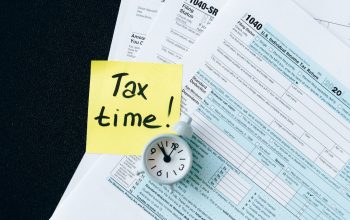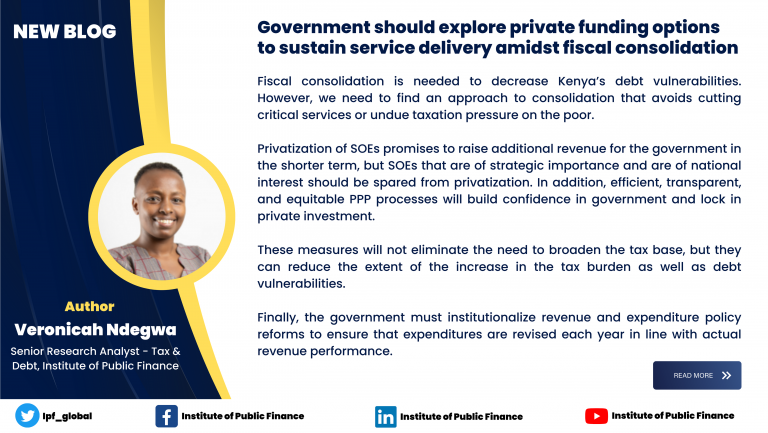
The Institute of Public Finance (IPF Kenya) now wants the government to develop a clear legal framework that will make it easier for oversight bodies to track performance of public funds.
IPF says oversight institutions including Parliament and the Office of the Auditor General should be able to hold the government to account and to entrench transparency and accountability in Special Drawing Right (SDR) use in line with the Constitution of Kenya.
A Special Drawing Right (SDR) is an interest- bearing international reserve asset created by the IMF to provide liquidity and to supplement the operating capital of its member states. According to IPF Kenya, from their review, they could not establish whether the government directed the SDR allocation to specific sectors or programmes.
This partly because the IMF does not attach conditional ties on the use of SDRs by recipient countries.
Similarly, the government has not developed a legal framework on SDR utilization and reporting, thus creating a room for little or no transparency and accountability around the use of SDRs.
Milton Ogada (Center) the Programme Officer for Economic and Climate Justice, Christian Aid says Fiscal stability has remained a matter of necessity post COVID-19 as economies struggle to recover.
“We request for accountability for the recent and the fund’s largest allocation of Sh456.5 billion which was approved on 23rd August 2021 and was aimed at addressing the global need for reserves, foster confidence, and support a resilient and sustainable global recovery,” said Ogada.
The allocation came at time when many economies most especially developing economies were struggling with the adverse impacts of the COVID-19 pandemic. Revenue collections were severely affected during the pandemic, resulting in heightened debt accumulation.
Public debt increased from Ksh 5.8 trillion in June 2019 to Ksh 6.7 trillion in June 2020 and further to Ksh 7.6 trillion in June 2021 and Ksh 8.5 trillion as at June 2022. As a result, the IMF by approving the SDR allocation offered a much-needed reprieve for the Kenyan government as the fiscal space shrunk further during the pandemic.
SDRs are IMF’s units of account. The usage of SDRs is a country’s prerogative and sovereign decision. Countries can employ them in transactions by trading their SDRs into freely usable currencies or in processes approved by the Fund.
“The use of SDR holdings needs to be structured to maintain macroeconomic sustainability, including external and monetary sustainability. Kenya benefited from this allocation and received SDR 520.2 million (US$ 737.6 Million) equivalent of Ksh 83.7 billion as part of the multilateral lender’s bailout of global economies and to alleviate balance-of-payments constraints that were faced by all economies.”
In a letter of intent to the IMF, the Kenyan government indicated that half of SDR allocation would be on-lent to the National Treasury, while the other half would be retained at the Central Bank of Kenya (CBK) to boost the country’s official foreign exchange reserves that had come under intense pressure from the rising cost of the imports as well the appreciation of the US dollar.
 Français
Français 
















